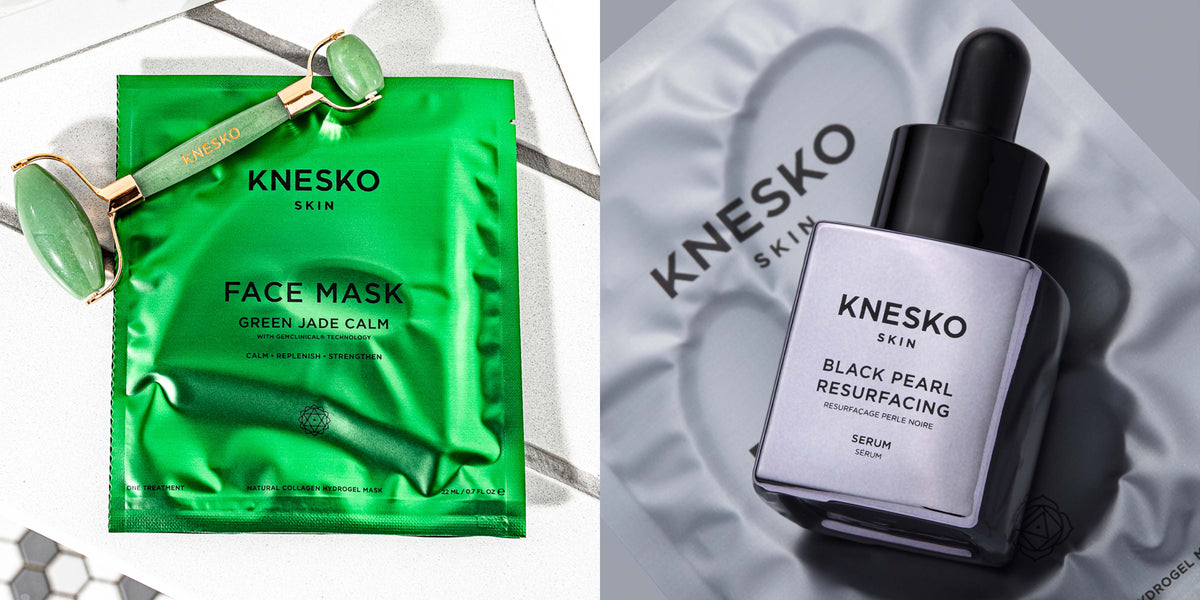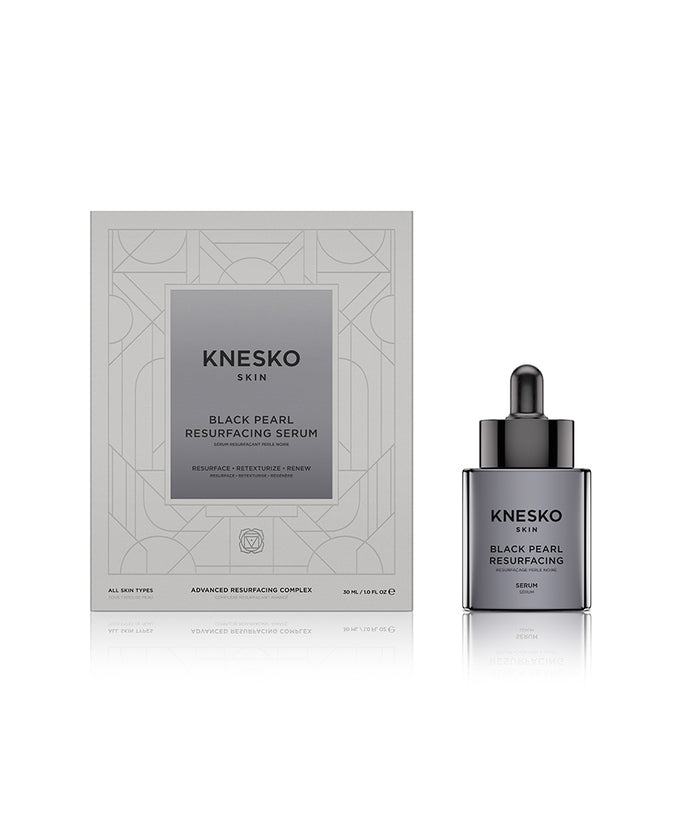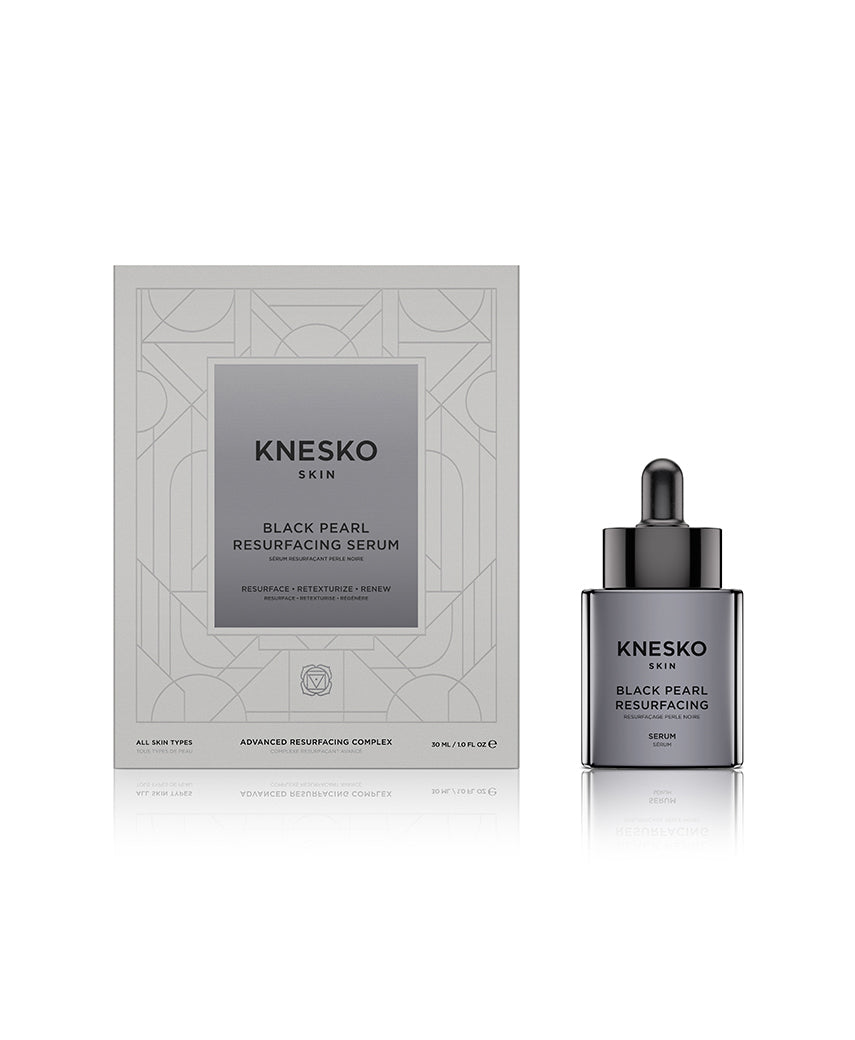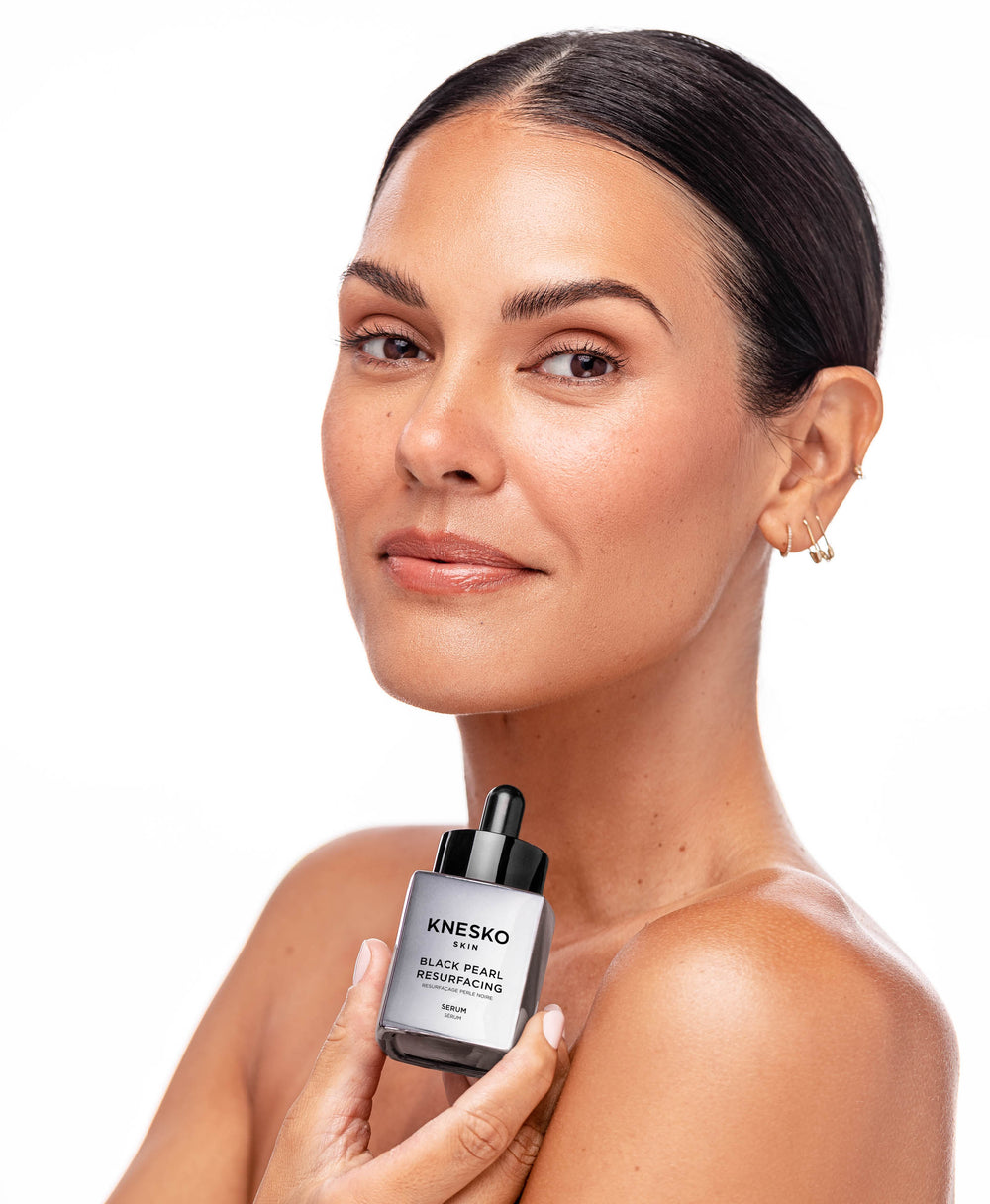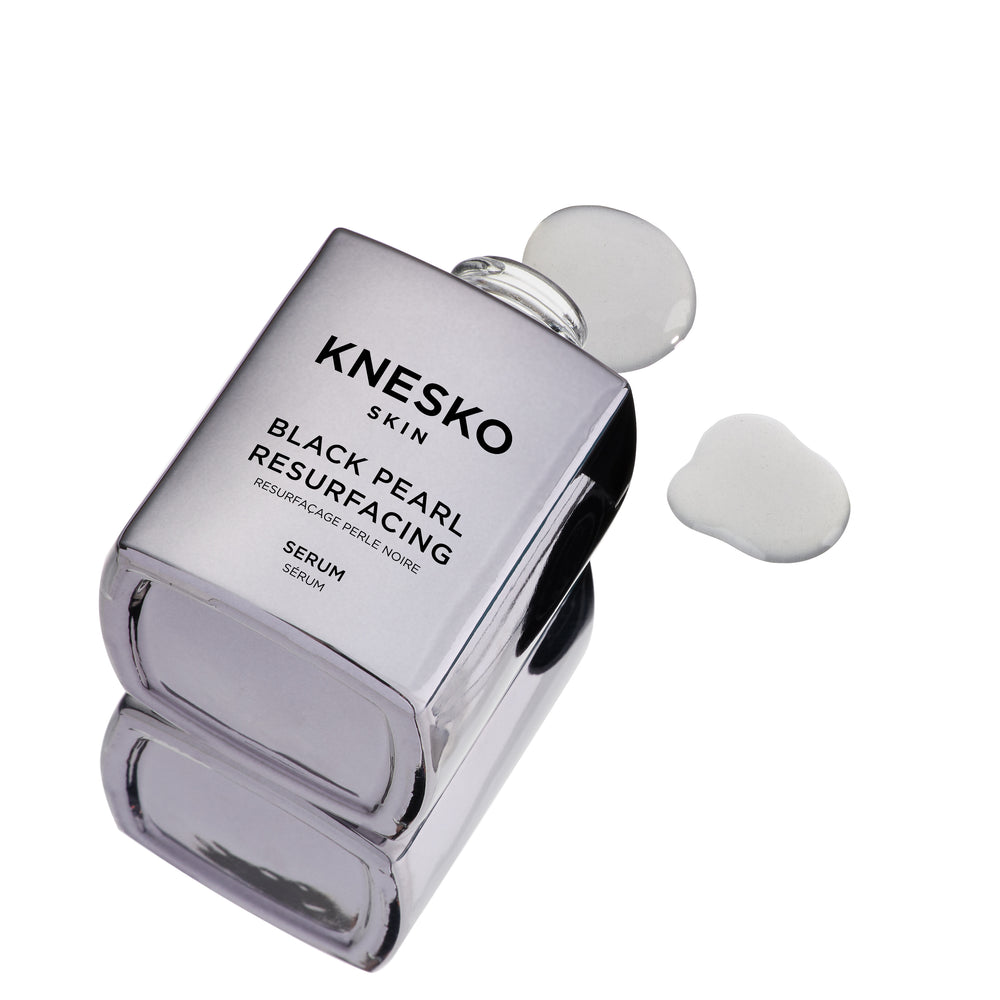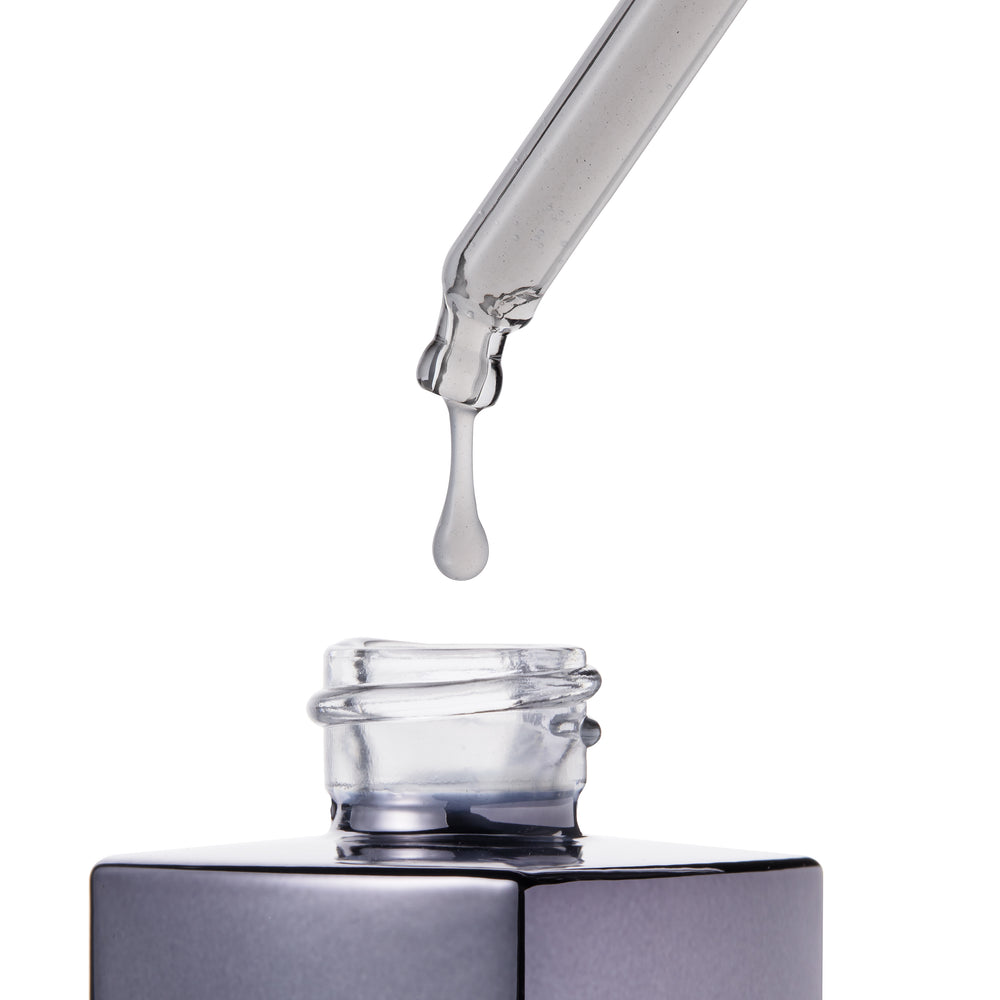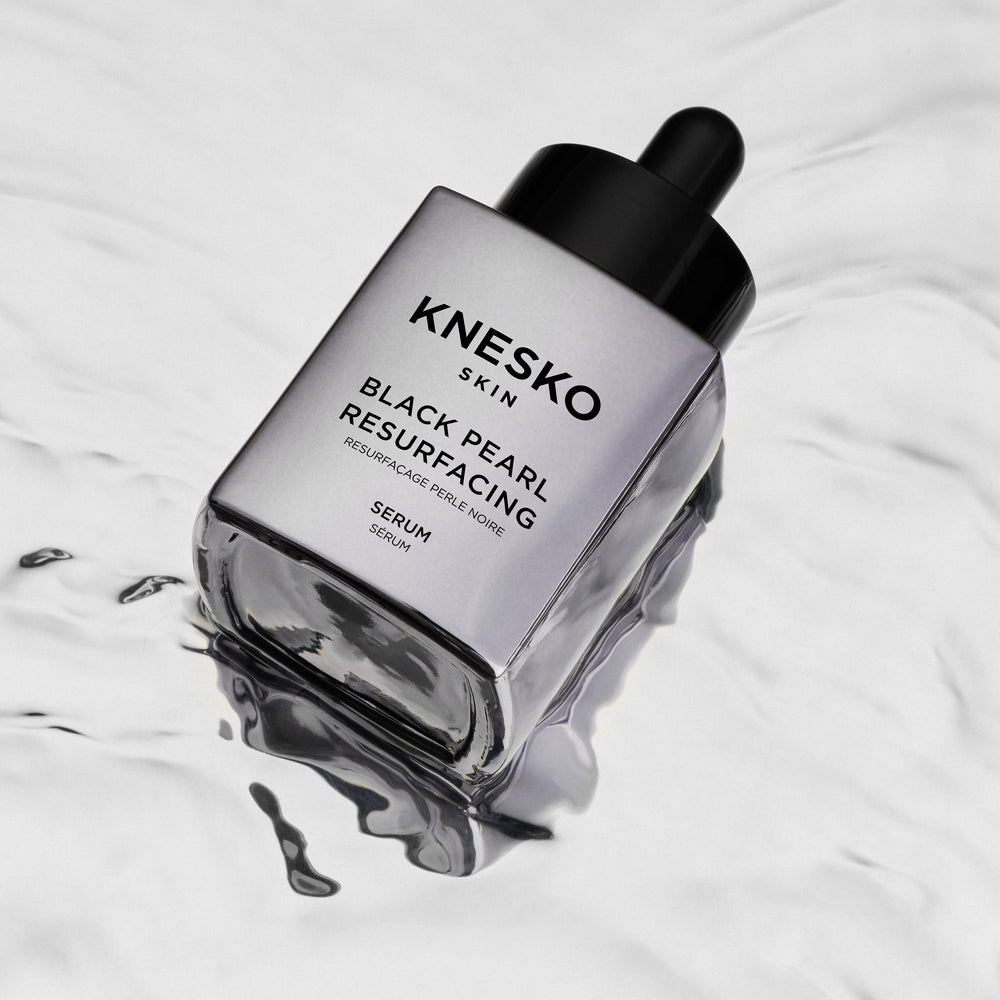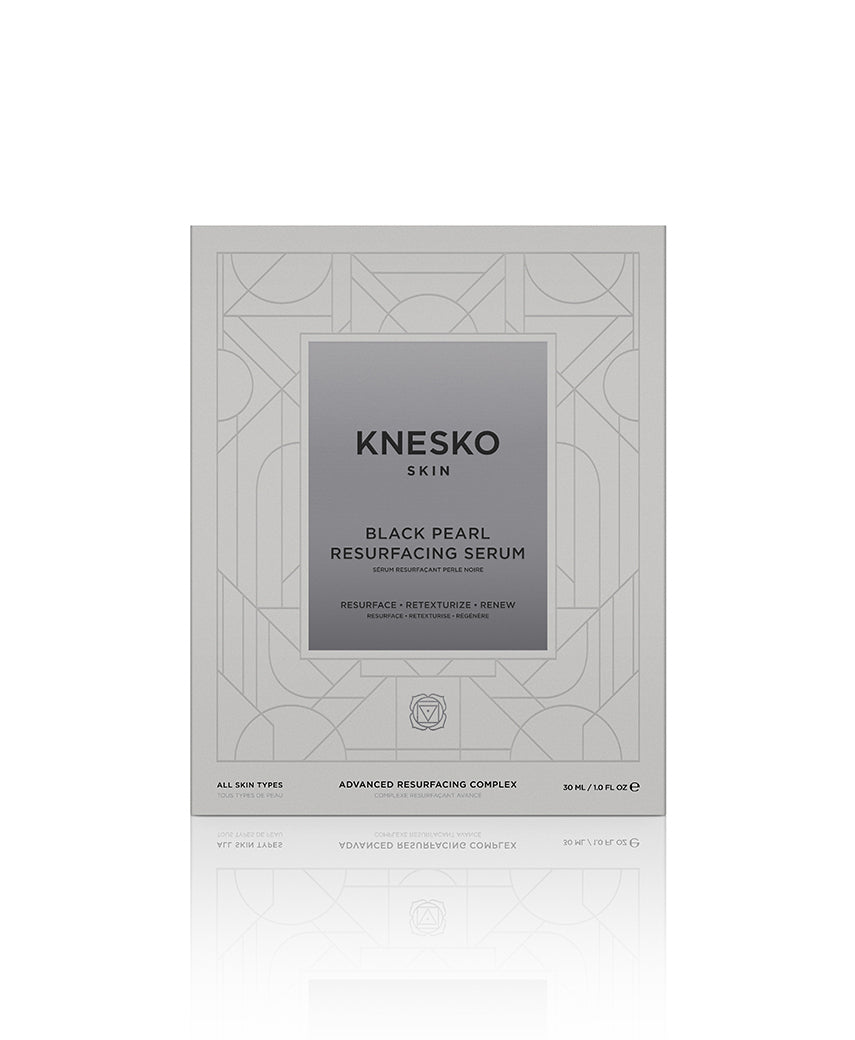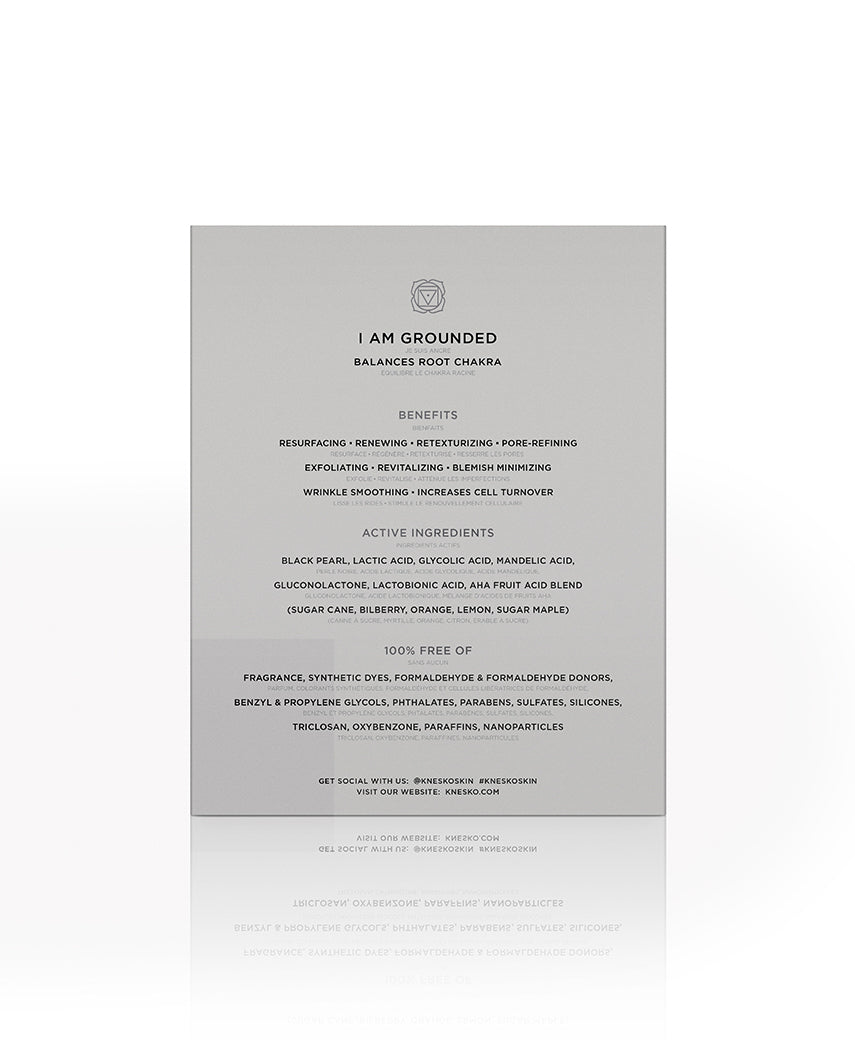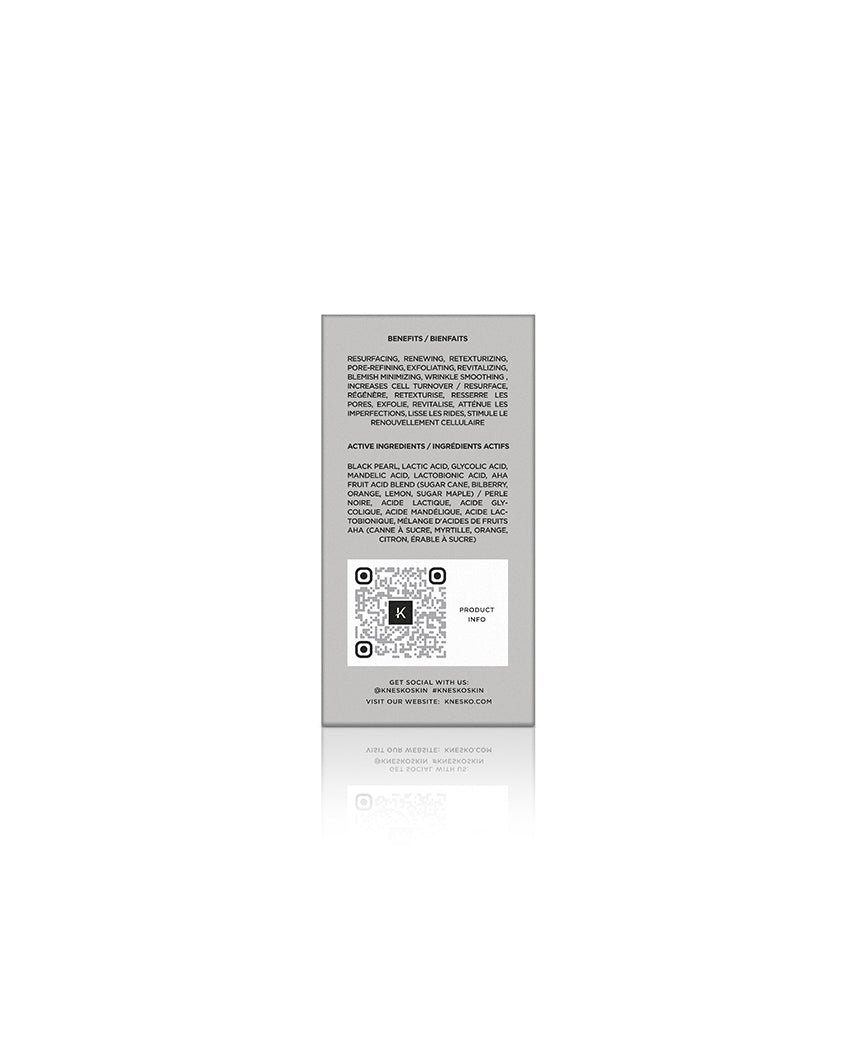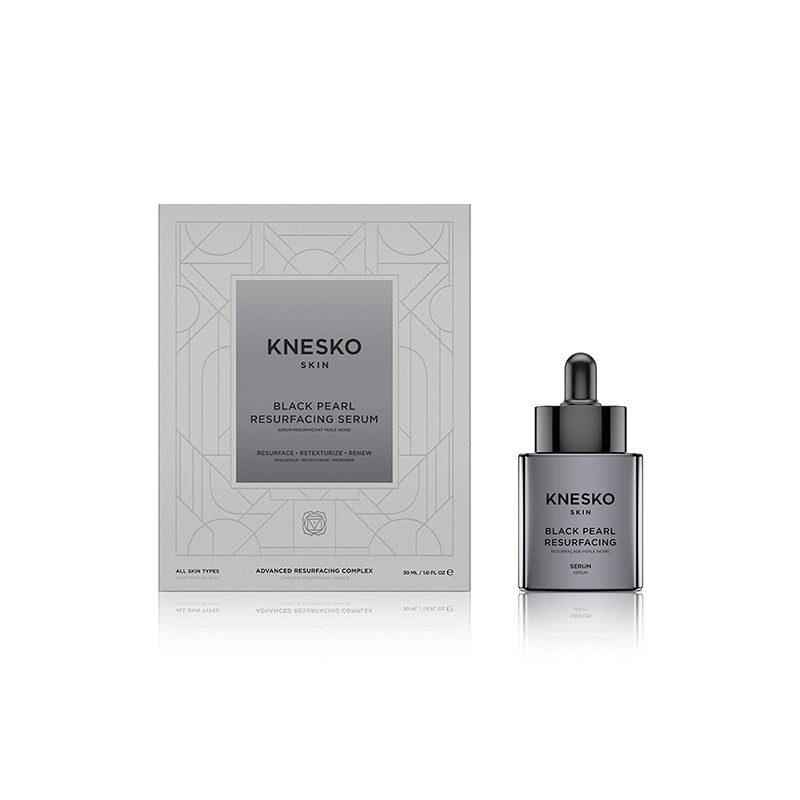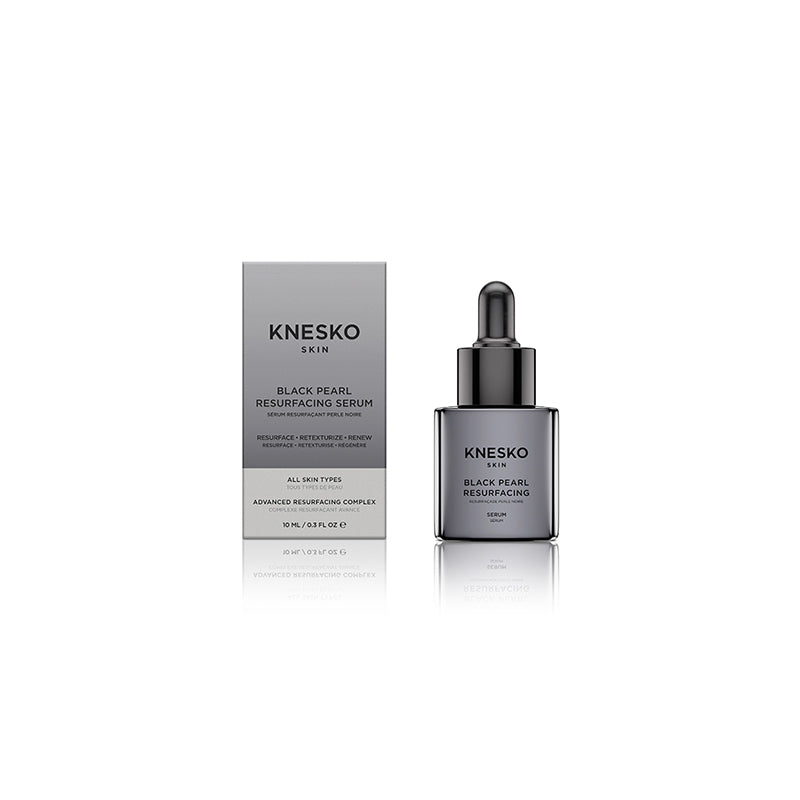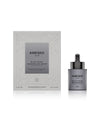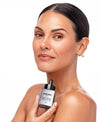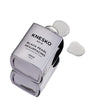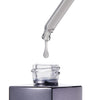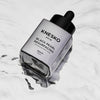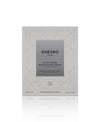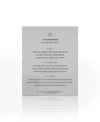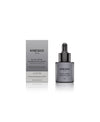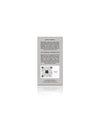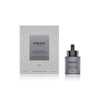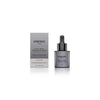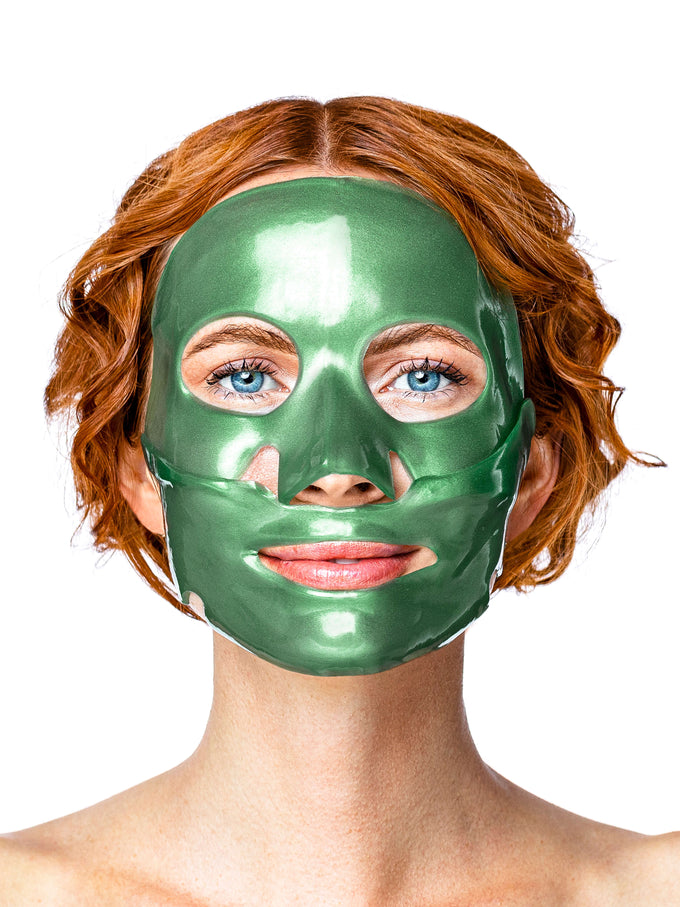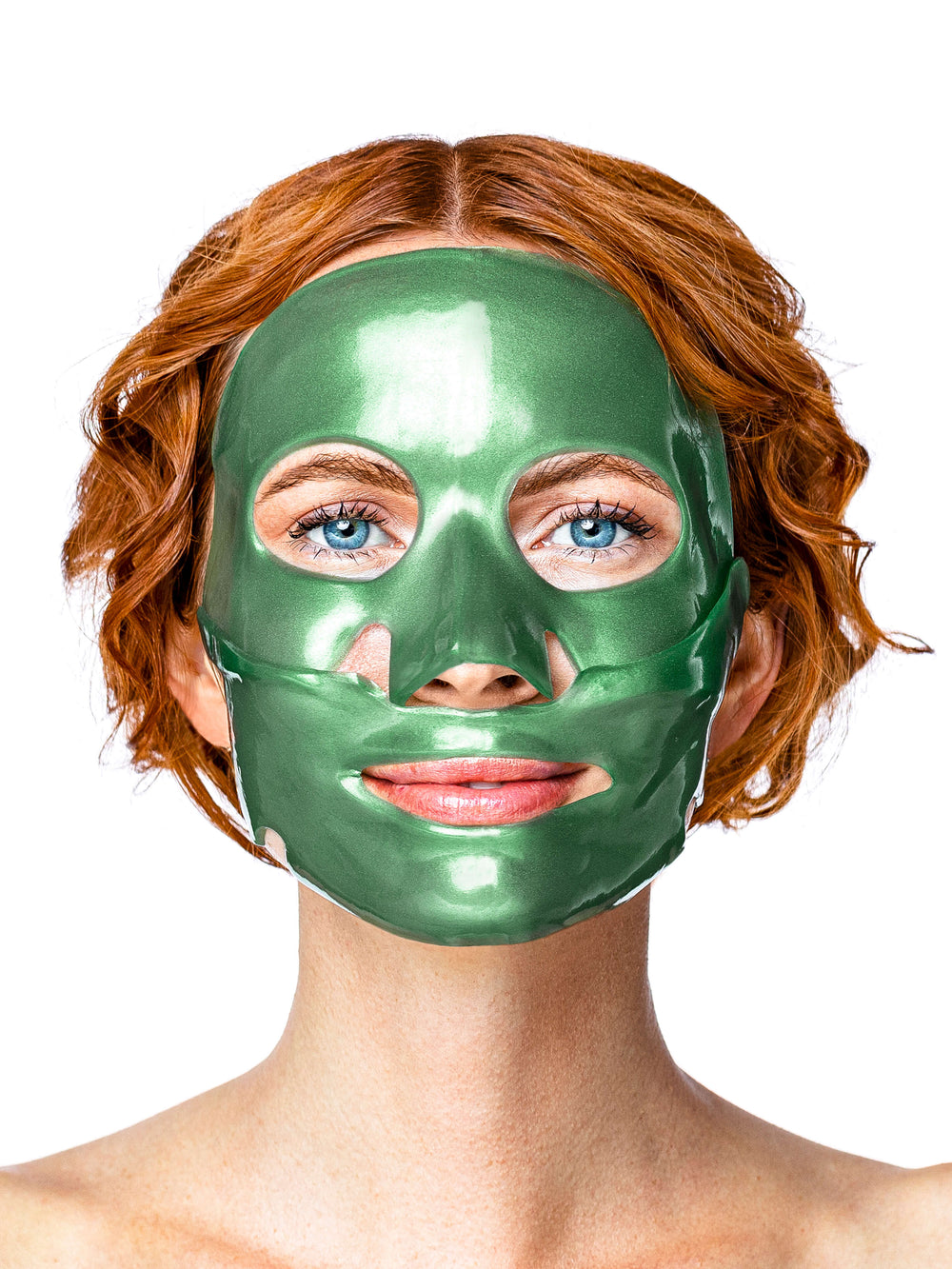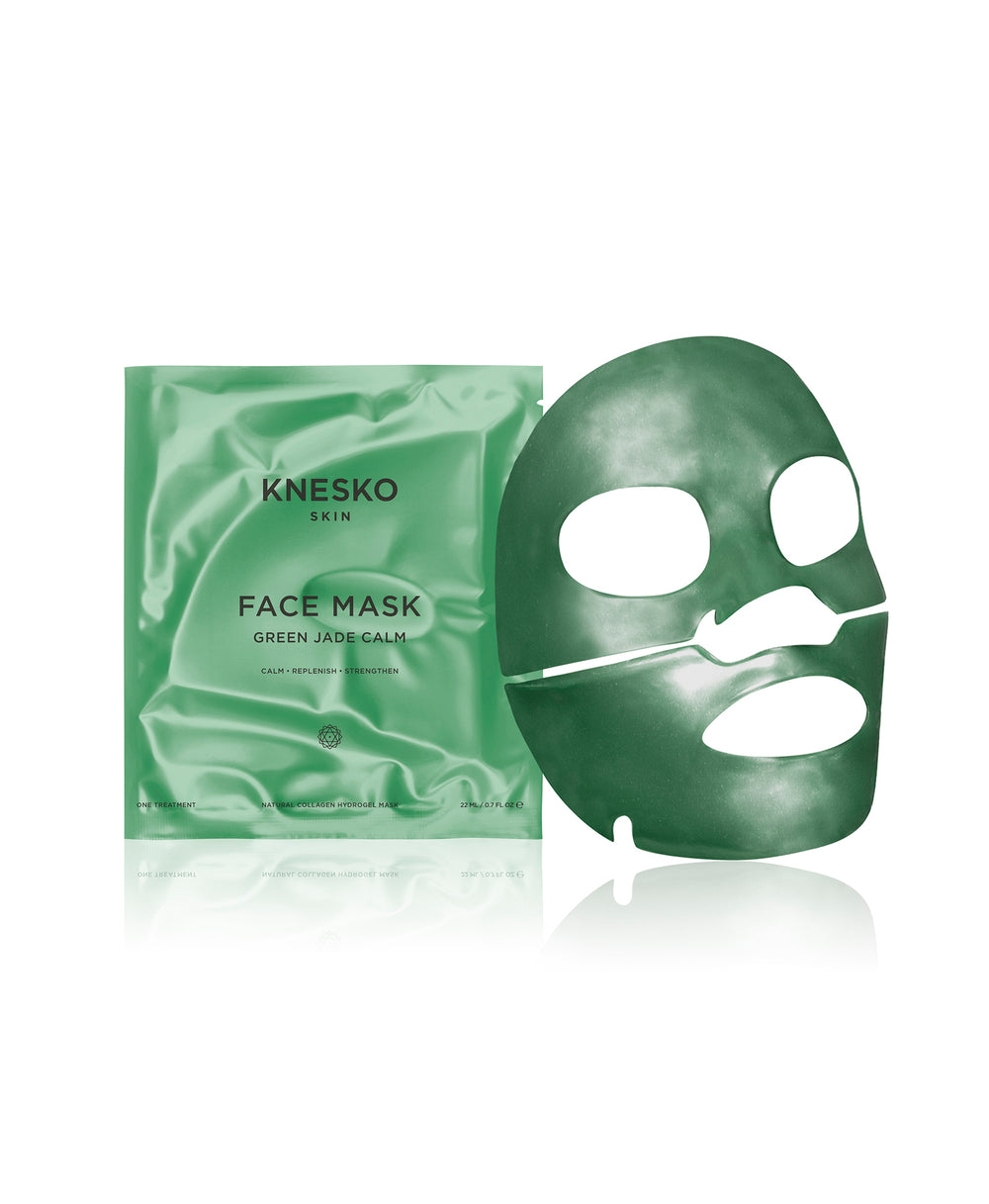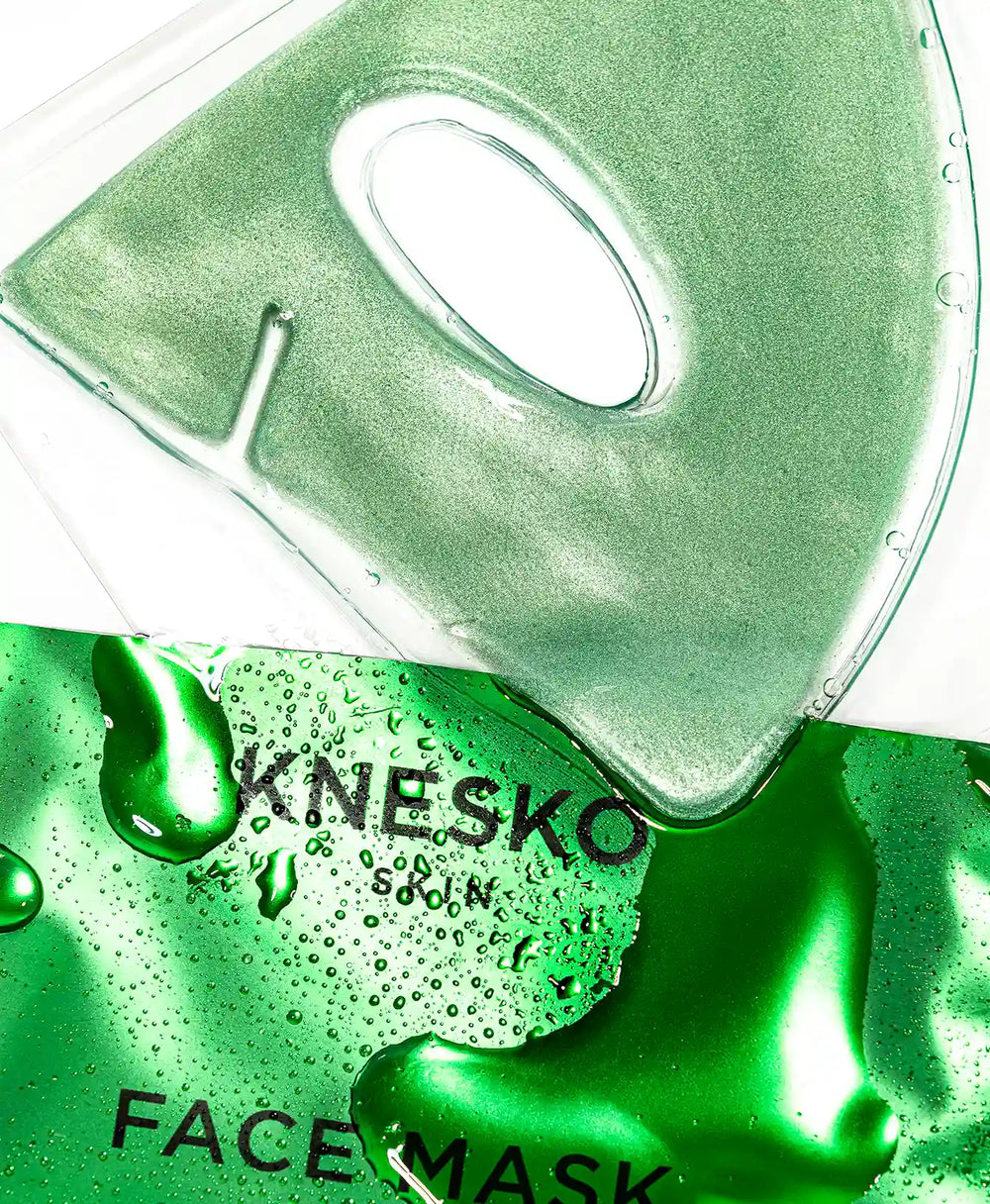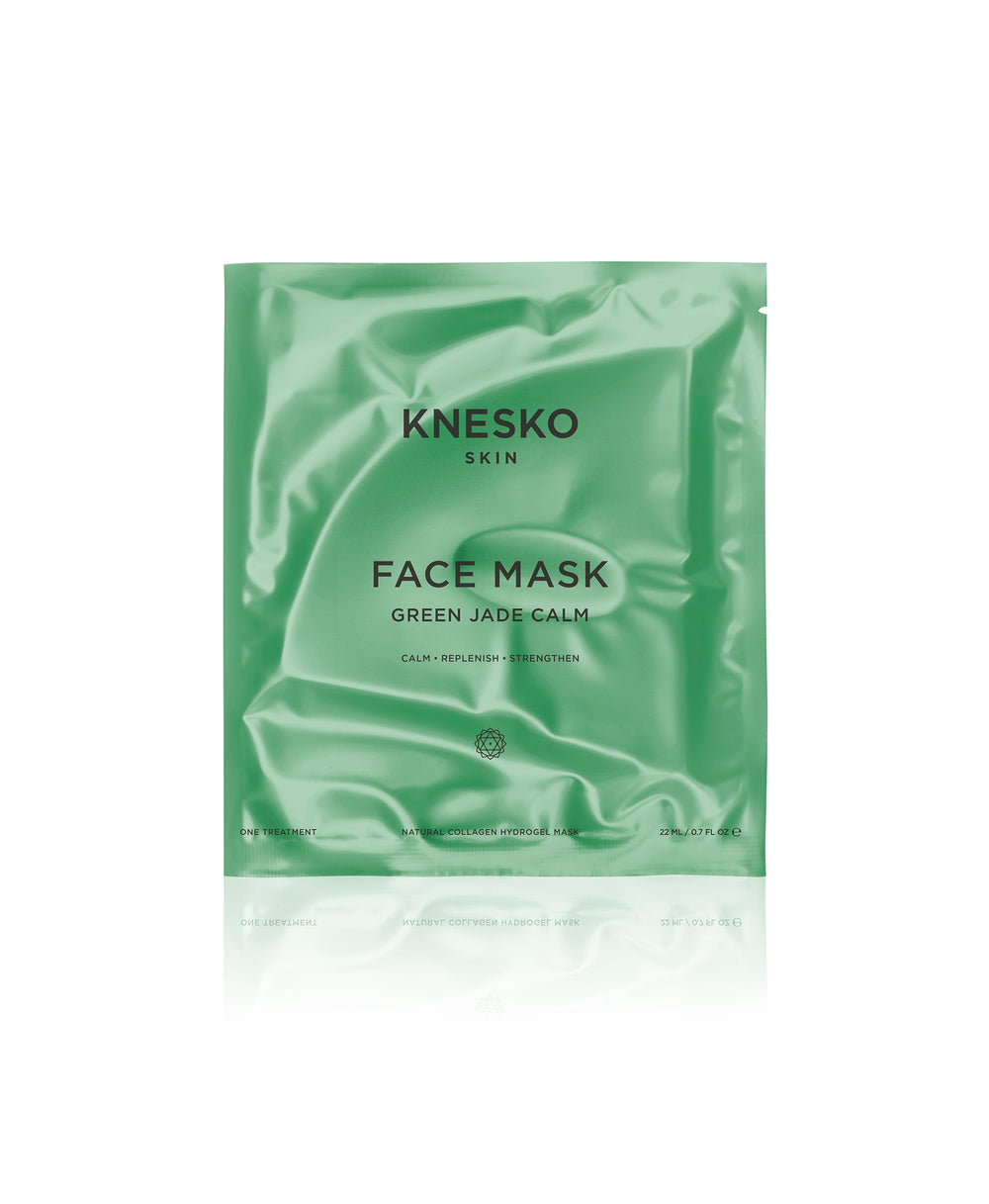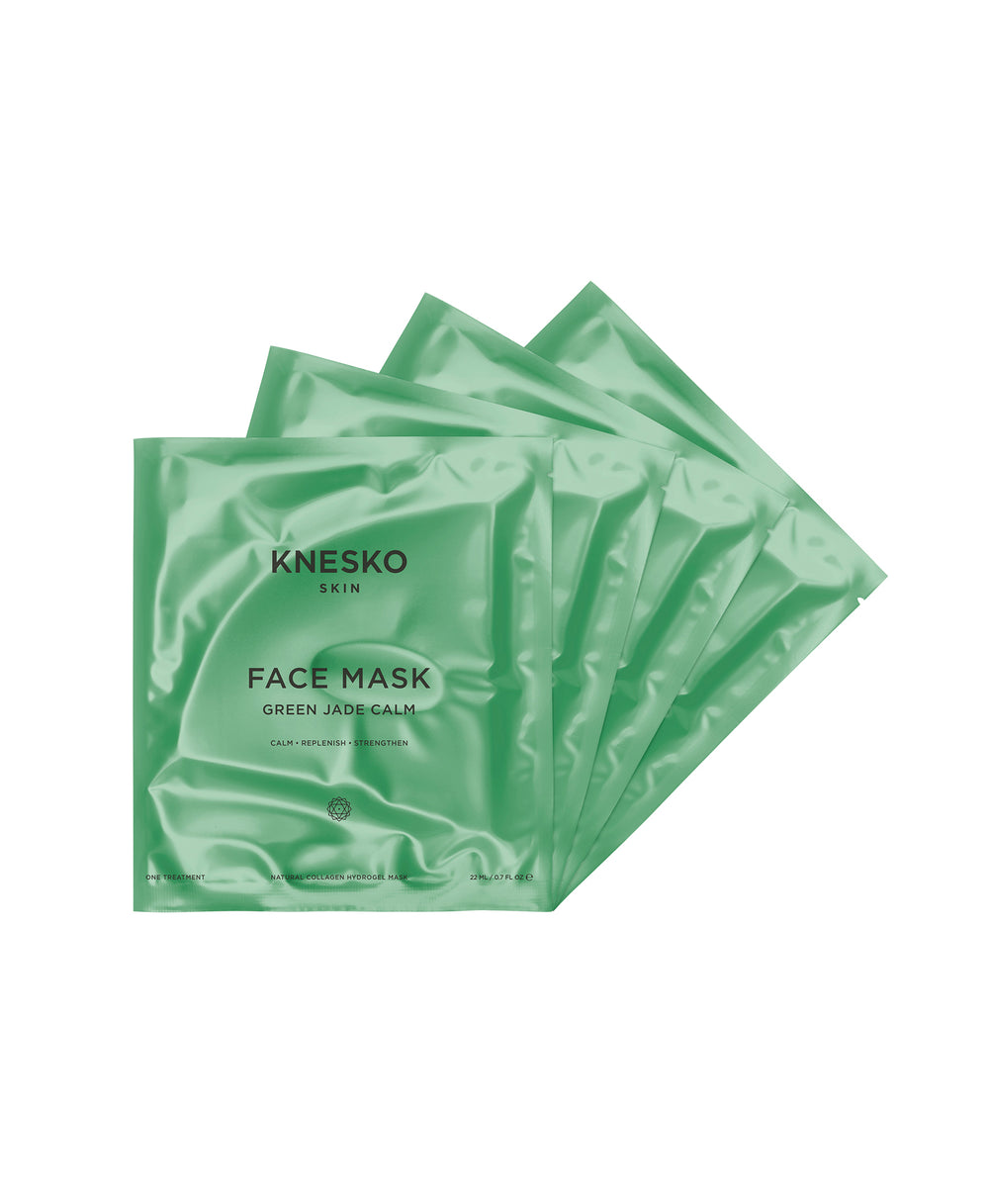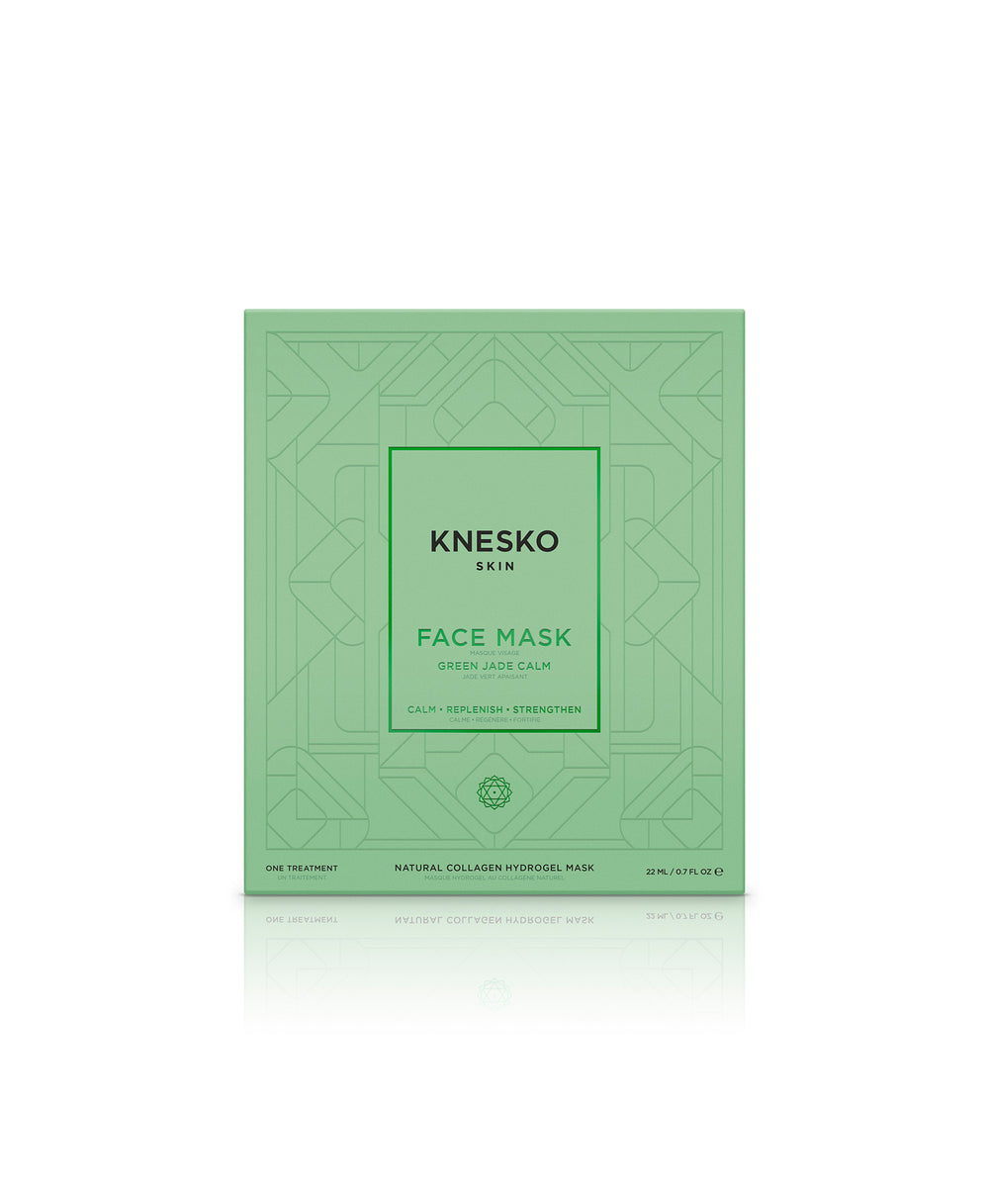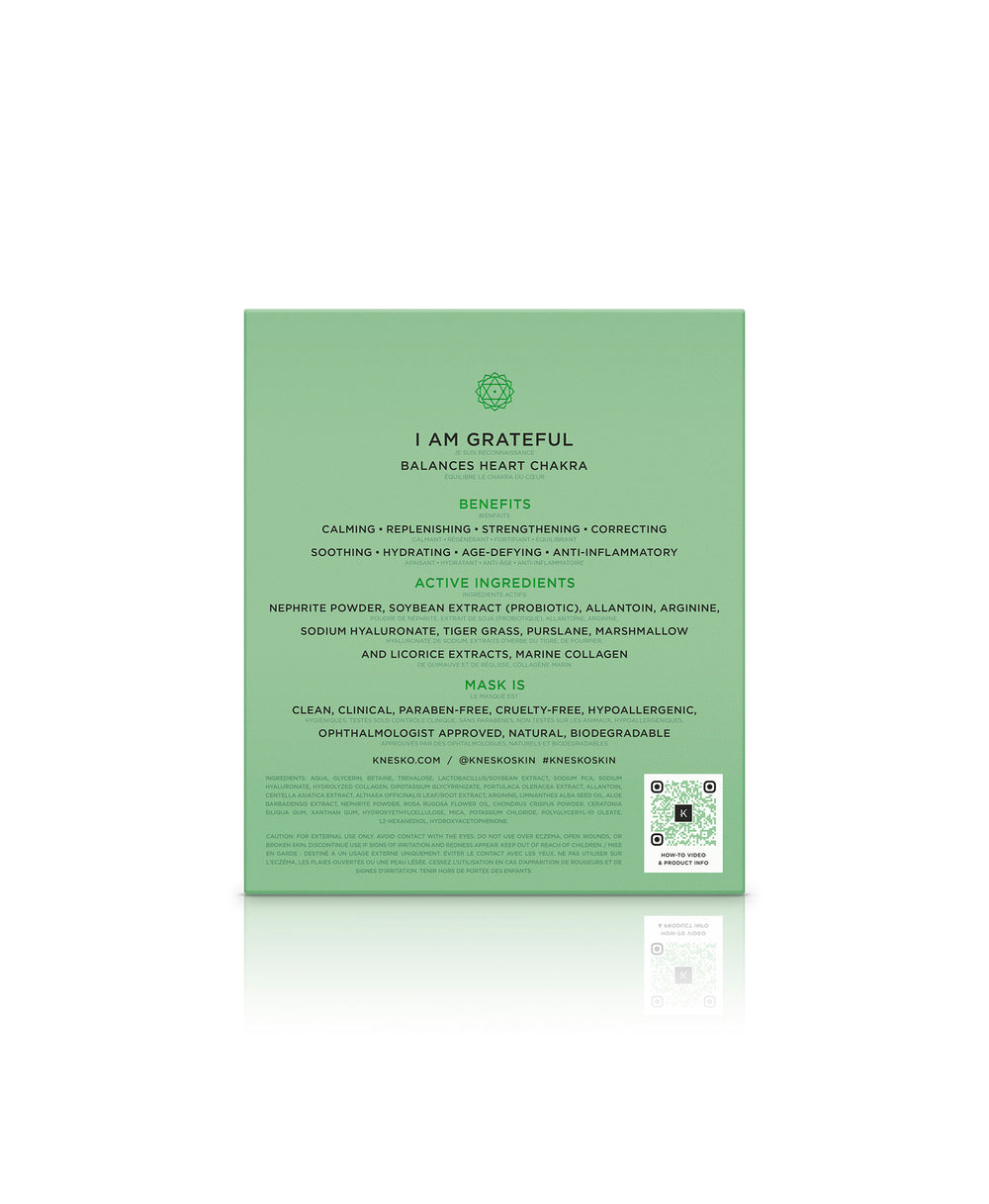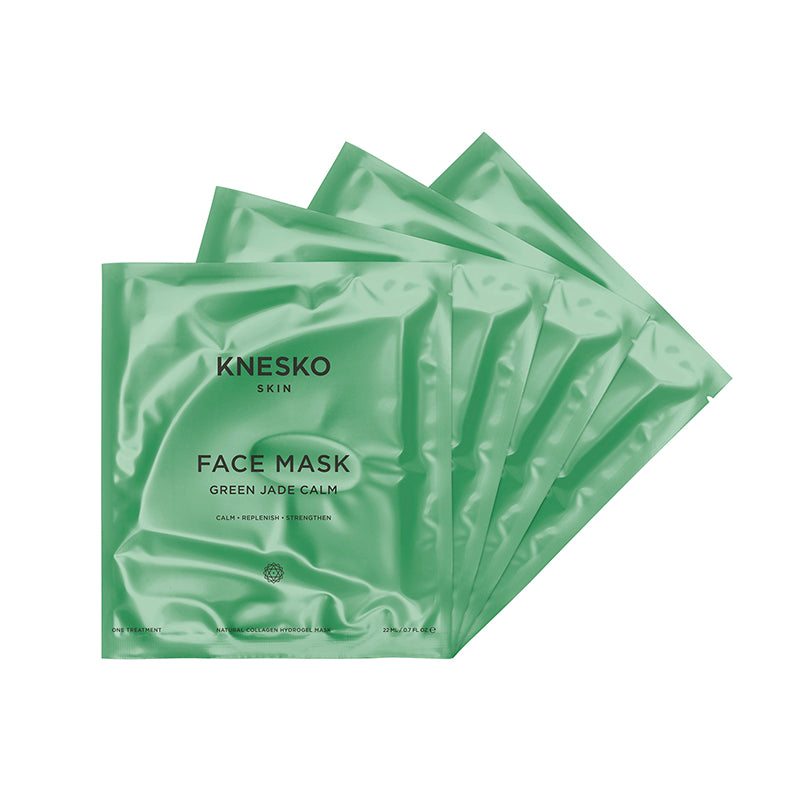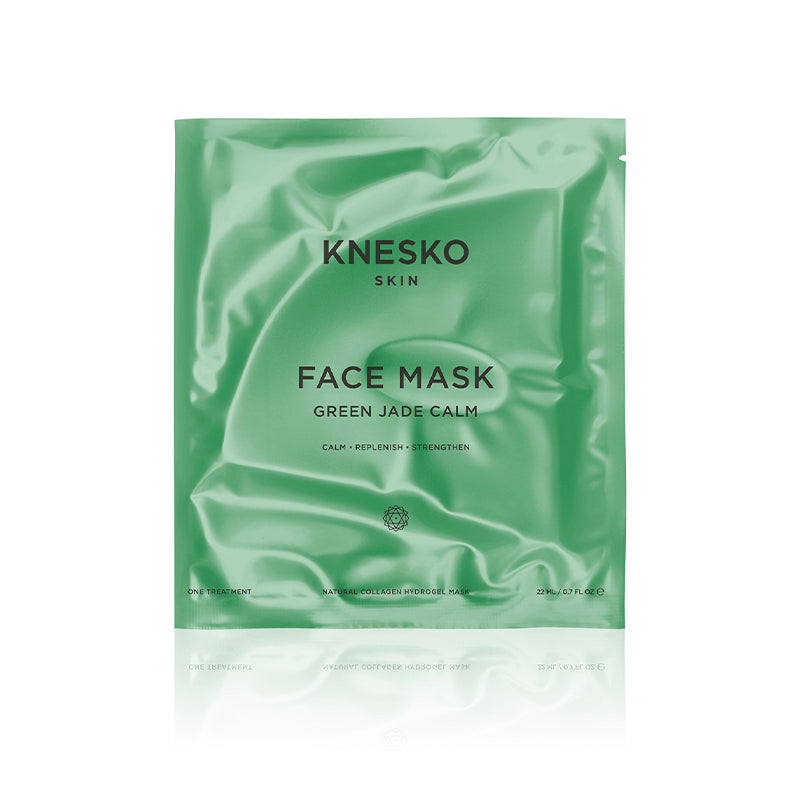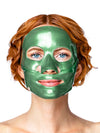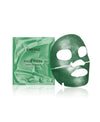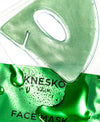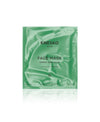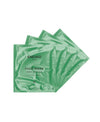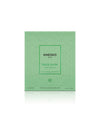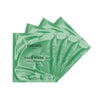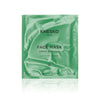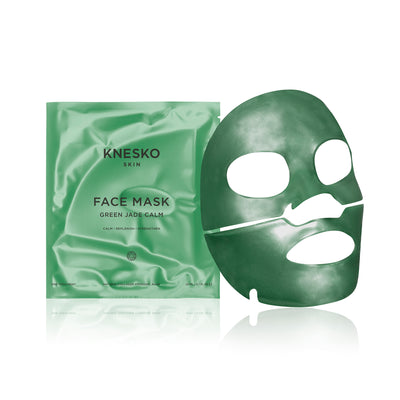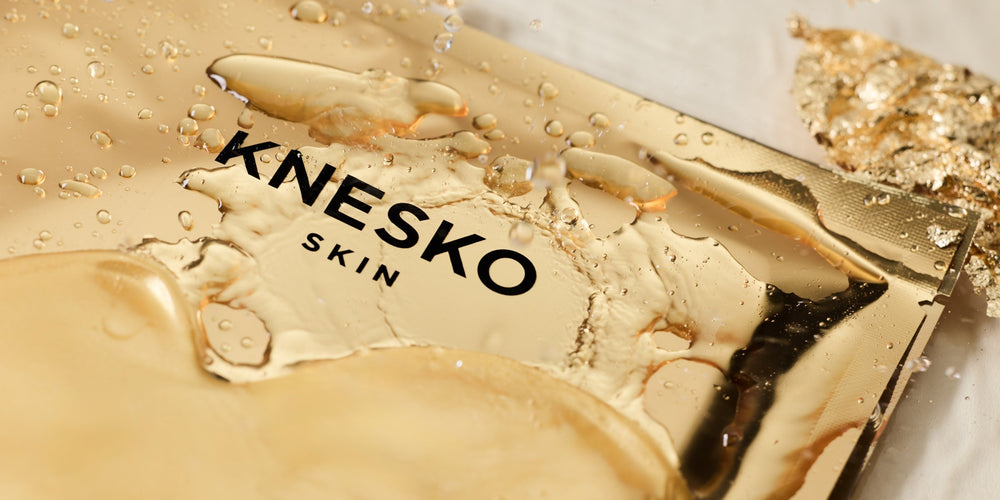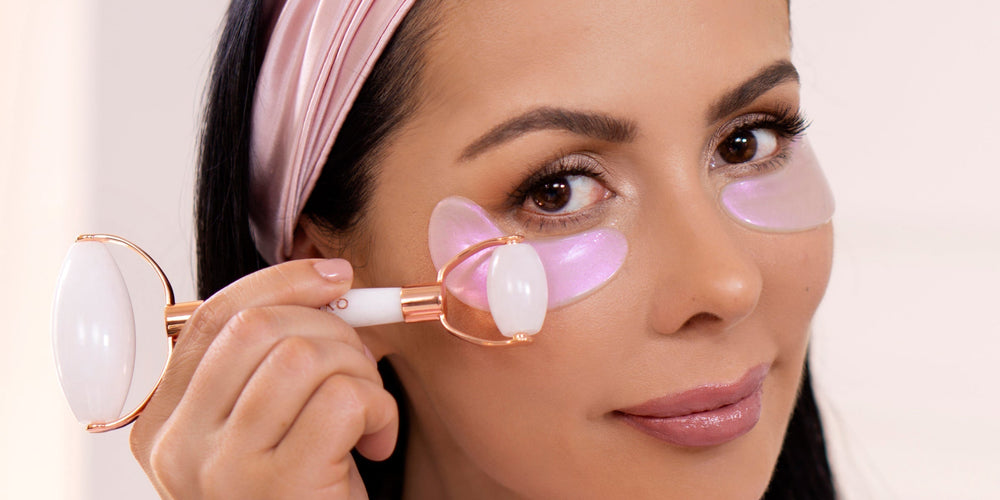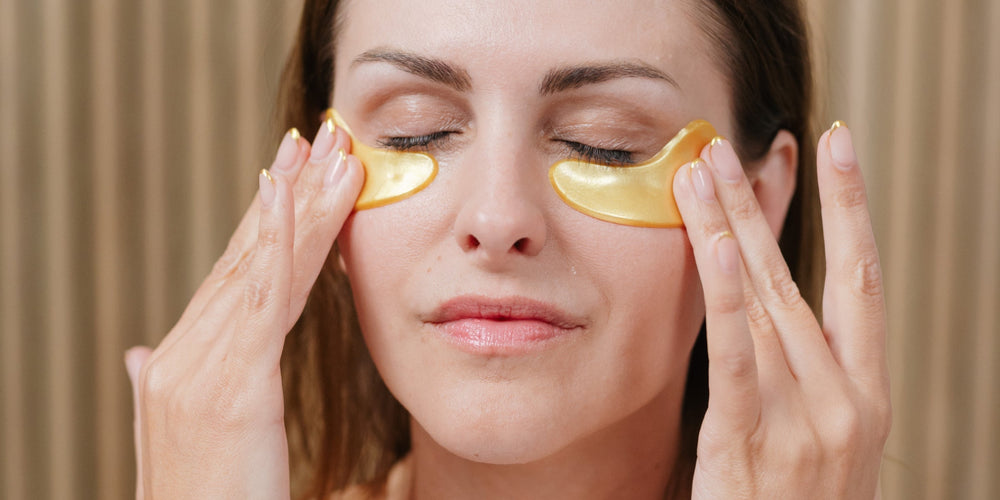We’d guess that the last thing you expected to deal with in your late 30s, 40s, and 50s was a case of acne—especially after enduring the hormonal rollercoaster of your teen years. But if you’re suddenly noticing new pimples popping up along your jawline or chin, it might just be a case of perimenopausal or menopausal acne.
Perimenopause (the transitional phase before menopause) can begin as early as your late 30s or early 40s, though most women start noticing changes in their mid-to-late 40s. Menopause officially begins when you’ve gone 12 months without a period, usually somewhere around age 51. But these changes don’t happen overnight, and neither do the skin shifts that come with them.
So if you’re breaking out more than usual right around the time your hormones are changing, there’s a good chance it’s not just “random.” Here’s everything you need to know about menopausal acne and how to manage it.
Related: 7 Surprising Ways Menopause Affects Your Skin
Can You Get Acne During Perimenopause and Menopause?
Yes, it’s incredibly common to experience acne breakouts during perimenopause and menopause, says Suzanne Gilberg-Lenz, MD, OBGYN and author of The Menopause Bootcamp. She explains that hormonal shifts can trigger breakouts. This is true whether you had acne-prone skin in your youth, have always dealt with sensitive skin, or if you’ve never struggled with acne before.
Menopausal acne signs include:
- Deep, cystic pimples
- Concentration of breakouts along the jawline, chin, or neck
- Inflammatory breakouts that don’t respond to your usual routine
- Fluctuations in oil production, with some days being dry and other days oily
What Causes Menopausal Acne and Breakouts?
The root cause of menopause-related acne is hormonal imbalance. As your body produces less estrogen and progesterone, androgens like testosterone can become more dominant, Dr. Gilberg-Lenz explains. Add in other menopause symptoms, like increased stress, sleep changes, and slower skin turnover, and you’ve got the perfect storm for clogged pores and stubborn inflammation.
Menopausal breakouts are often deeper and more persistent than typical surface-level pimples you might have dealt with before, which is why this form of adult acne may require a more holistic and long-term approach.
How to Treat Menopausal Acne and Support Your Skin
Menopausal acne isn’t a sign your skin is misbehaving or even that you’re doing something wrong. Rather, it’s a signal that your body is shifting, and your skin is asking for something new. Instead of turning to the harsh products, this phase calls for an approach that’s rooted in balance, healing, and consistent care. Here’s how to target perimenopause and menopause acne.
1. Stick to a Gentle, Consistent Skincare Routine
The foundation of treating menopausal acne is a skincare routine that soothes, strengthens, and supports. Begin with a gentle cleanser that nourishes your skin barrier while removing buildup from the day. Your skin may be producing more oil, but it also tends to become thinner and more sensitive in this stage.
A few times a week, incorporate a mild exfoliant with polyhydroxy acid (PHA) or lactic acid, such as KNESKO’s Black Pearl Serum. These ingredients help encourage healthy cell turnover without stripping the skin or triggering unnecessary inflammation.
Pro Tip: Don’t rush your cleansing. Spend no less than two minutes (ideally five), really working the cleanser onto skin to break down dirt, product, and makeup. Make sure to get the jaw and neck.
Sale price
$45.00
2. Calm Inflammation Instead of Fighting It
Inflammation is at the heart of menopause breakouts, so turning to soothing, barrier-repairing ingredients is essential. Instead of aggressive acne treatments, choose formulas that calm and restore.
Look for ingredients derived from nature that carry anti-inflammatory benefits. For example, KNESKO’s award-winning Green Jade Calm Face Mask soothes and rebalances with centella asiatica (tiger balm/cica), probiotics, and seaweed. These naturally soothing ingredients help quiet the skin and bring down redness while honoring the integrity of your complexion.
3. Hydrate Deeply and Often
A common mistake people make when dealing with menopausal acne is avoiding hydration since their skin already feels oily. However, even if your skin feels oily in some areas, underlying dryness is likely playing a role in your breakouts.
As estrogen declines, the skin’s ability to retain moisture diminishes, which can cause an imbalance in oil production. That’s why hydration is crucial. Applying a lightweight but effective hydrator—like the Amethyst Hydrate Serum—helps reinforce your skin barrier, reduce reactivity, and create conditions your skin needs to heal.
Related: Dry vs. Dehydrated Skin: Here’s How To Tell the Difference
4. Consider Holistic Lifestyle Shifts
What shows up on your skin often begins far beneath the surface. Lifestyle shifts (especially around stress, sleep, and nutrition) can have a powerful effect as your body transitions into this new phase.
That might look like keeping a consistent sleep schedule, prioritizing meditation to calm cortisol levels, taking morning or evening walks, and reducing added sugar and dairy if you suspect they’re triggering inflammation. These changes don’t need to be extreme—they just need to be intentional.
5. Seek Professional Support If Needed
While your intuition and daily rituals can take you far, you don’t have to navigate this chapter alone. If breakouts are painful, persistent, or affecting your confidence, speaking with a dermatologist or hormone specialist may help uncover the root cause. There are gentle options available (like low-dose retinoids or hormone-balancing therapies) that can complement at-home self-care practices. Seeking professional guidance is a way to honor your body’s evolution.
To care for your skin during times of change is to honor your entire being. At KNESKO, we believe in skincare that nourishes more than just the surface. Explore our high-vibrational rituals and Reiki-infused treatments designed to help you glow through every phase of life.
